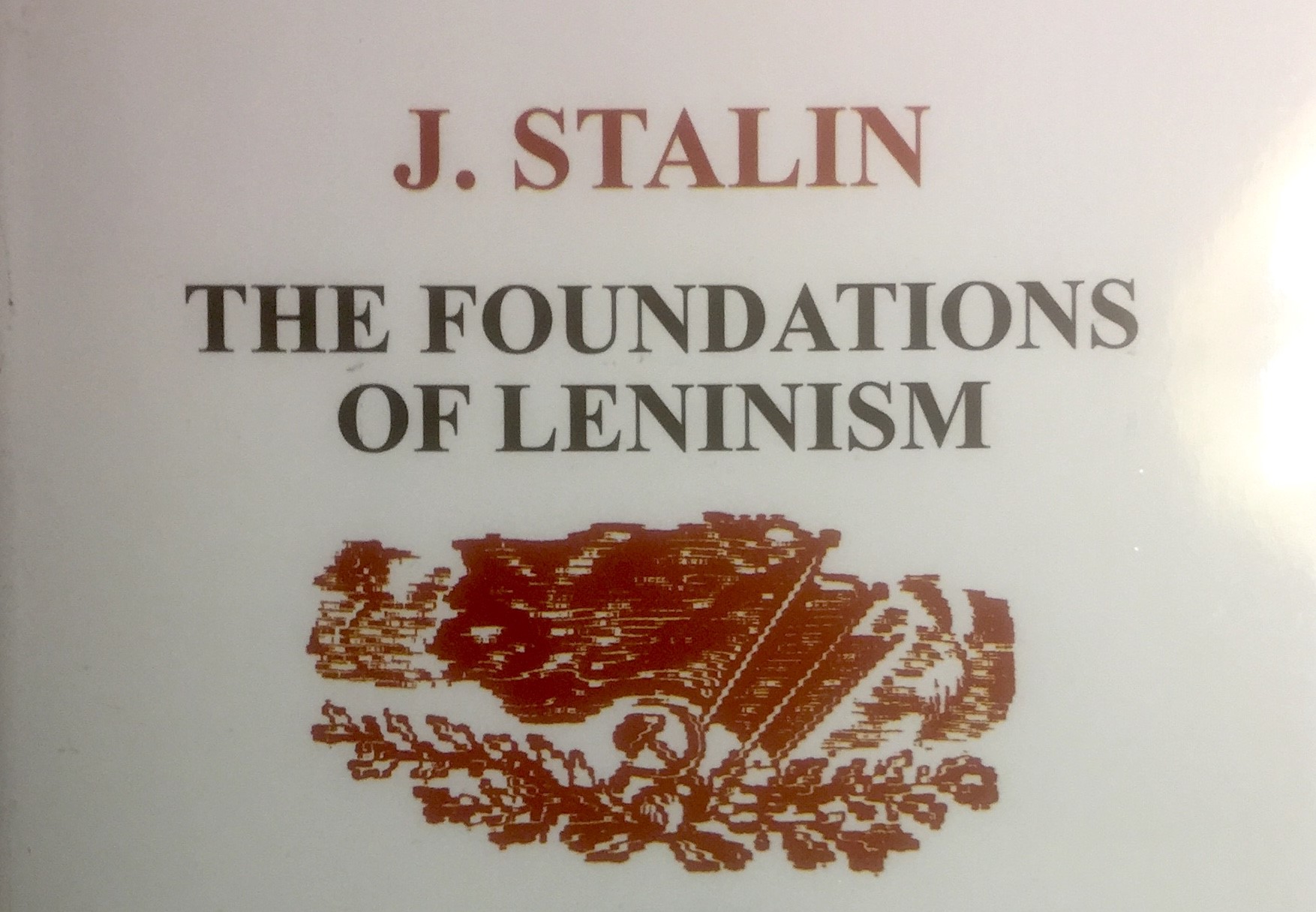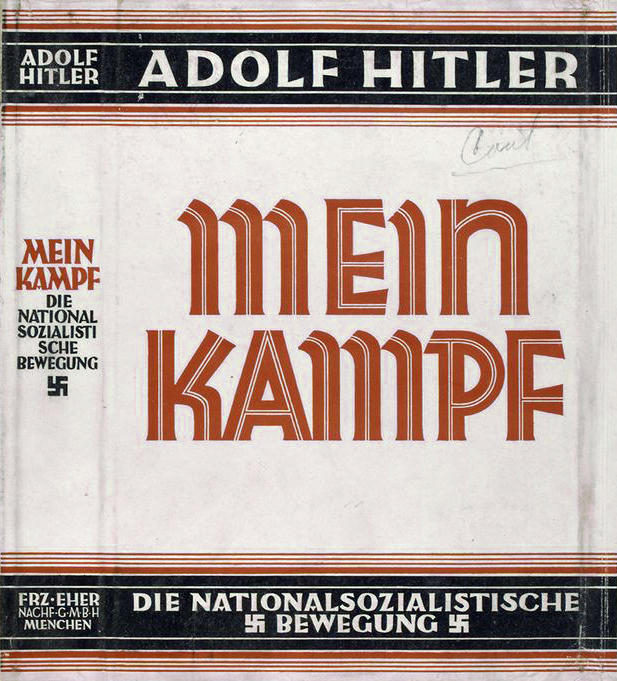How did Stalin shape his iron rule? Summary of the book “Foundations of Leninism” by Joseph Stalin
“This book outlines the core principles of Leninism as interpreted by Joseph Stalin, highlighting the role of the party, the state, and revolution in constructing the communist system.”
What is the book?
“Foundations of Leninism” is a collection of lectures delivered by Joseph Stalin in 1924 after Lenin’s death, aimed at explaining and solidifying the fundamental principles of Leninism—the Russian-applied version of Marxism.
The book seeks to defend Lenin’s ideological path and present it as the intellectual and organizational reference for the future of the Soviet Communist Party.
Structure of the Book:
The book consists of several concise chapters, each dealing with a specific component of Leninist theory:
1. The Theory of Marxism-Leninism
- Stalin argues that Leninism is not a new theory but a development of Marxism under the conditions of “imperialism and late capitalism.”
- He affirms that socialist revolution is no longer limited to advanced industrial nations, and can begin in the “weakest link in the imperialist chain,” as in the case of Russia.
2. The Theory of the State
- Following Marxist thought, Stalin claims the state is an instrument of the ruling class.
- Under Leninism, the state must serve the proletariat and exercise the dictatorship of the proletariat to suppress the bourgeoisie and prevent capitalist restoration.
- He strongly criticizes bourgeois liberal democracies as deceptive illusions.
3. The Revolutionary Party
- The Communist Party is defined as “the conscious vanguard of the working class.”
- It must be highly centralized, ideologically unified, and strictly disciplined.
- Stalin rejects internal party democracy when it threatens party unity, thereby laying the groundwork for the concept of “democratic centralism.”
4. Class Alliance (Workers and Peasants)
- Emphasizes the importance of an alliance between workers and peasants for revolutionary success, while subordinating the peasantry to the leadership of the working class.
- Warns against overemphasizing peasant interests at the expense of proletarian leadership.
5. The National Question
- Acknowledges the ethnic diversity within the Soviet Union, affirming that Leninism supports the right of nations to self-determination.
- However, this right is conditional on maintaining socialist unity and proletarian class solidarity.
- Nationalism, in Stalin’s view, is a bourgeois tool to divide workers.
6. Strategy and Tactics
- Differentiates between strategy (long-term revolutionary goals) and tactics (short-term methods).
- Emphasizes the Leninist skill of adapting tactics to current conditions without compromising the ultimate goal of socialism.
- Strongly opposes opportunism that sacrifices ideology for temporary political gains.
7. World Revolution
- Asserts that the socialist revolution must be international.
- Nevertheless, defends the concept that socialism in a single country (the Soviet Union) is both achievable and necessary as a first step.
Conclusion:
“Foundations of Leninism” is a foundational work that outlines the ideological framework of Stalin’s Soviet Union.
It is marked by:
- A strong emphasis on proletarian dictatorship
- The central role of the Communist Party
- Rejection of liberal democracy
- Defense of global class struggle and permanent revolution


